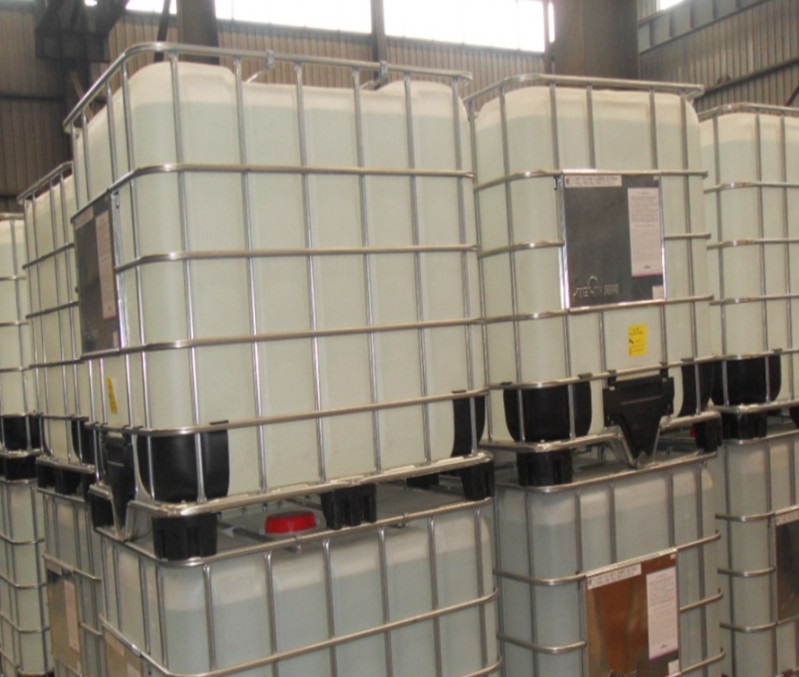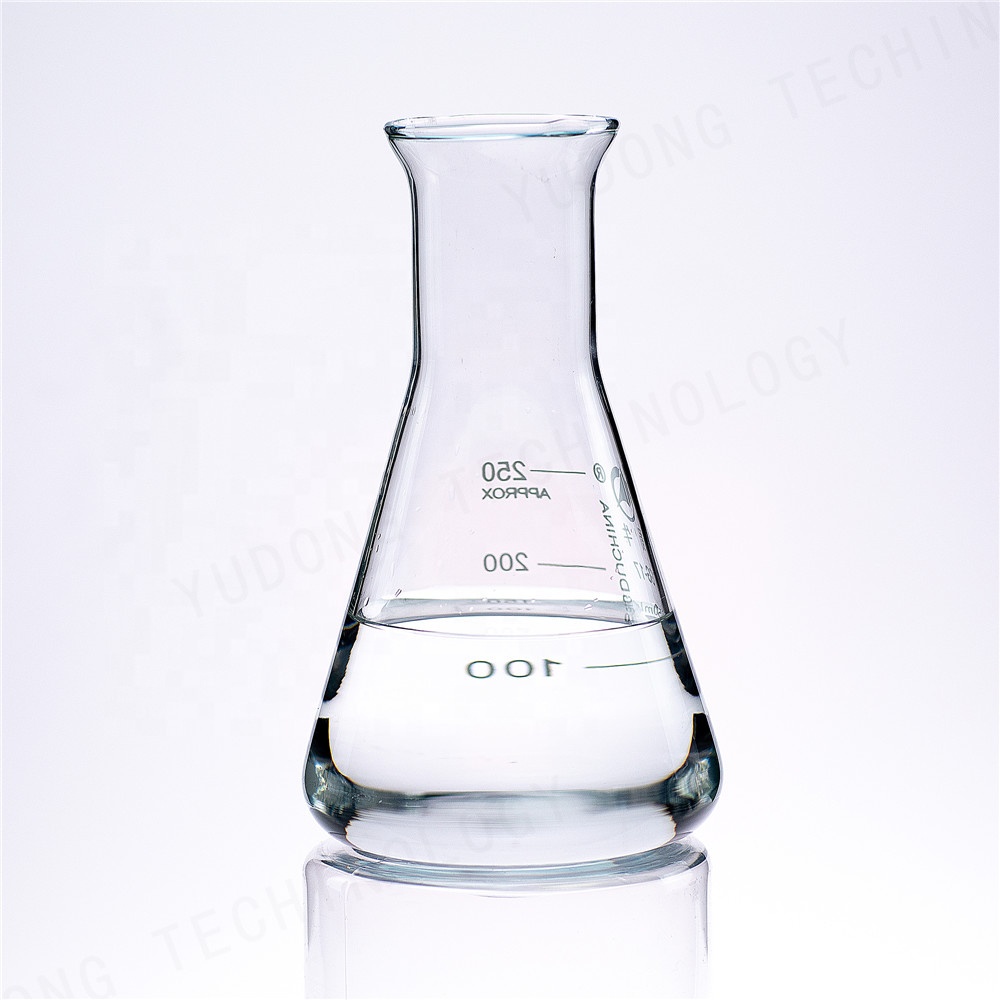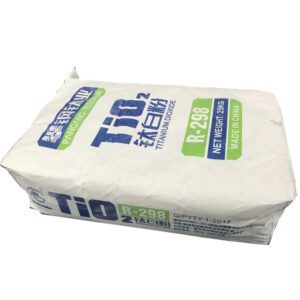Description
Chemical Specifications
| Property | Details |
|---|---|
| Chemical Name | 1,1,3,3-Tetramethoxypropane |
| Synonyms | Malonaldehyde tetramethyl acetal |
| Molecular Formula | C7H16O4 |
| Molecular Weight | 164.20 g/mol |
| CAS Number | 102-52-3 |
| Purity | ≥ 99% |
| Appearance | Clear, colorless liquid |
| Boiling Point | ~169–171°C |
| Density | ~1.06 g/mL at 25°C |
| Solubility | Miscible with most organic solvents |
| Odor | Mild, ether-like |
| Stability | Stable under neutral and basic conditions |
Description and Chemical Profile
1,1,3,3-Tetramethoxypropane is the tetramethyl acetal derivative of malonaldehyde, which makes it a stable storage form of the highly reactive and unstable malonaldehyde. Under acidic hydrolysis, it releases malonaldehyde (propanedial), a dialdehyde known for its role in biochemical and lipid peroxidation studies.
This makes tetramethoxypropane a preferred reagent in analytical chemistry, especially in assays measuring lipid peroxidation products such as thiobarbituric acid reactive substances (TBARS).
Applications
1. Biochemical & Medical Research
Tetramethoxypropane is used extensively in TBARS assays to quantify malondialdehyde (MDA) — a biomarker of oxidative stress and lipid peroxidation in biological systems. It is often employed to create calibration standards in clinical and biomedical research.
2. Organic Synthesis
As a masked dialdehyde, it acts as a precursor to reactive carbonyl compounds, offering greater control in multi-step reactions. It’s particularly valuable in synthesis strategies involving aldehyde protection, nucleophilic additions, or cross-linking reactions.
3. Polymer & Material Science
The compound’s reactivity profile also makes it suitable for specialized applications in resin modification, polymer cross-linking, and material engineering, where controlled release of malonaldehyde is advantageous.
Safety and Handling
While 1,1,3,3-Tetramethoxypropane is generally considered stable and less volatile than malonaldehyde itself, it should be handled with standard laboratory precautions:
-
Store in a cool, dry, and well-ventilated area
-
Keep away from acids and oxidizing agents
-
Use appropriate personal protective equipment (gloves, goggles, lab coat)
-
In case of contact with acid, it may hydrolyze and release irritant vapors
Always refer to the Safety Data Sheet (SDS) for detailed guidance.
Conclusion
1,1,3,3-Tetramethoxypropane (Malonaldehyde Tetramethyl Acetal, 99%) is a valuable compound in both scientific research and industrial synthesis, offering a stable and high-purity solution for working with reactive dialdehydes. Its role in lipid peroxidation assays, along with its effectiveness as a synthetic intermediate, makes it an indispensable tool in modern chemistry labs. Its reliable performance, safety, and versatility continue to make it the compound of choice for precision applications.







